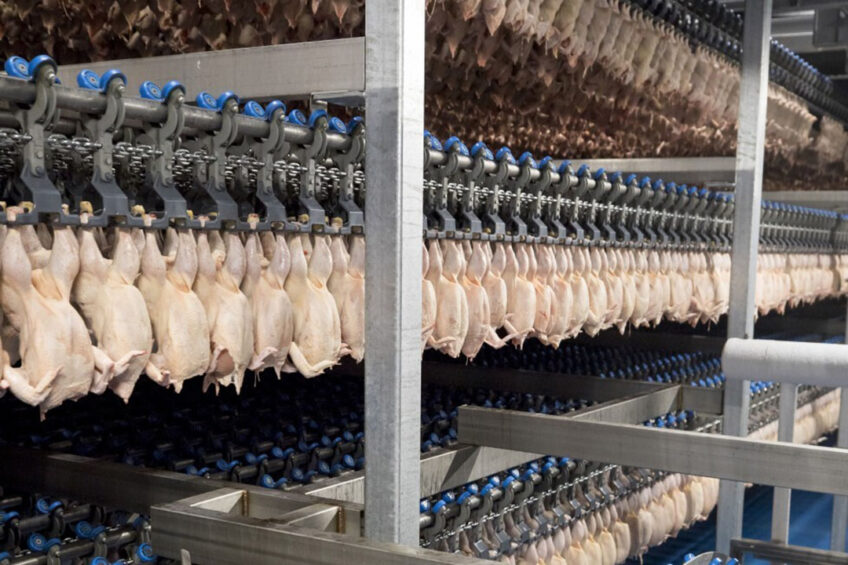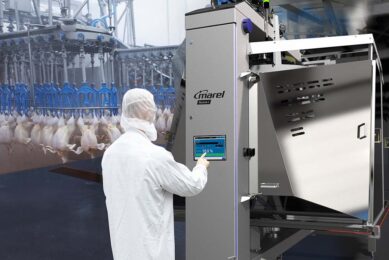Funds awarded to develop poultry processing robotics

Robotics that can help alleviate health issues in abattoirs unearthed during the Covid-19 pandemic are being funded to the tune of a US$1 million grant at a US research station.
Researchers at Arkansas Agricultural Experiment Station have been given grant support by the US Department of Agriculture’s National Institute of Food and Agriculture and the National Science Foundation to develop a robotic system to assist poultry processing.
The research is being led by Dongyi Wang, assistant professor of biological and agricultural engineering, focusing on understanding what jobs robotic and automated systems can accomplish.
Hanging raw chicken in poultry processing plants
The 4-year project will lead to the development of a robotic system that can hang raw chicken as human workers do to meet the long-term needs of the poultry industry.
“We are trying to explore the opportunities and to see how automation can help the agriculture industry and the food industry,” said Wang.
Many of the steps to process chicken are already automated in processing plants – slaughtering and evisceration don’t really rely on people. But rehanging the raw chicken is one of the major steps that rely on human work. Workers on the processing line hang the birds on conveyor lines that continue to the deboning, wing-cutting and packing steps.
To create the automation system, the researchers will customise tactile sensory grippers and develop a high-resolution and high-speed 3D imaging system. It will allow the robotic arms to differentiate between the topmost chicken and the rest of the pile and will indicate the predetermined key points for chicken grasping. One of the key challenges will be developing a gripper that reliably grasps the bird without damaging meat quality.
A robotic hand
Assisting Wang will be Wan Shou, assistant professor in the mechanical engineering department of the University of Arkansas, who will design the tactile sensors, while Yu She, assistant professor in the industrial engineering department at Purdue University, will design the robotic hand. By integrating these developments, robots will be enabled to adjust their grip based on how slick the surface is to ensure the bird is secure.
“Rather than buying an expensive robotic hand, we are going to design and fabricate a robotic hand with lower cost with the assistance of 3D printing,” added Shou.
Wang’s focus for this project is programming the 2 robots to work as human hands and complete the task of handing the chicken without the arms hitting each other. Tests will take place in the experiment station’s pilot chicken processing plant with a view of extension activities that target poultry and broader food industries.
Wang visualises the project as benefitting the scientific areas of tactile sensing, 3D imaging, dual robotic control and algorithms, and benefiting the poultry processing industry.
Join 31,000+ subscribers
Subscribe to our newsletter to stay updated about all the need-to-know content in the poultry sector, three times a week. Beheer
Beheer











 WP Admin
WP Admin  Bewerk bericht
Bewerk bericht